Contents:
The prominent figures in history always become the main characters depicted on the coins. Abraham Lincoln, the 16th president of the United States of America frequently appears on different types of cultural artifacts, and coins remain the most popular of them all.
Penny collecting is a rewarding experience, especially when approached with preparation and a profound understanding of how to obtain and store these metal creations properly. Today, we are going to explore what the Lincoln penny collection* is and how to compile a fine assortment with confidence and ease.
*Do not confuse it with the U.S. two cents.
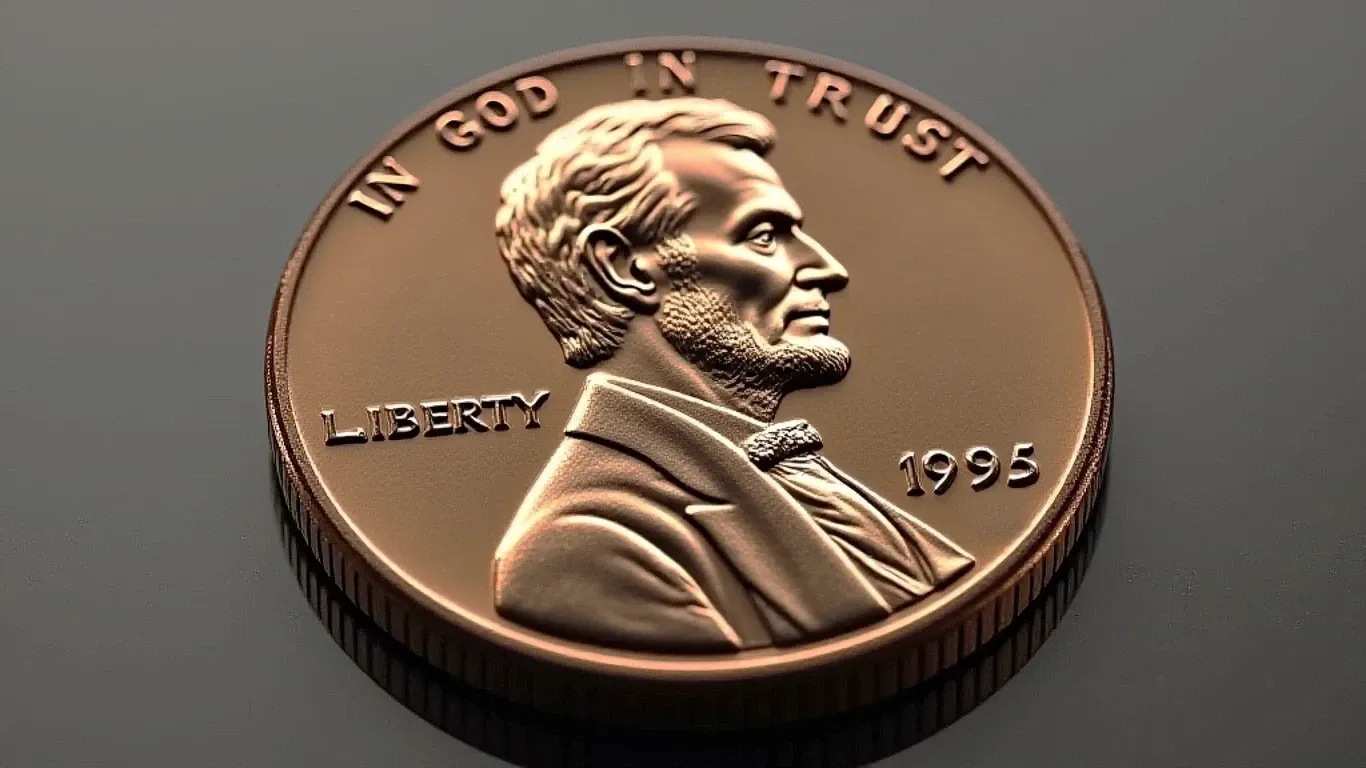
What Are Lincoln Cent Pennies?
As such, Lincoln pennies to collect refer to a series of one-cent coins also known as Lincoln Wheat Cents, originally released in 1909 to mark the 100th anniversary of the birth of President Abraham Lincoln. In fact, these were the first US coins to show a real historical figure. What is peculiar about the coins is that they are exceptionally diverse in composition, design, mint markings, and collector's interest, too.
Early Lincoln Cents minted in 1909-1940 were composed of 95% copper, which is why they were heavier and more resilient than contemporary coin-collecting pennies. Rare varieties of noteworthy coins from this era, such as the 1909-S VDB and the 1922-D, are frequently sought-after thanks to their limited availability and distinctive design not to mention. Numerous collections revolve around these early pennies, whose rarity, condition, and mint marks all affect their value in the end.
Obverse Design | A right-facing profile of President Abraham Lincoln |
Reverse Design | Two wheat stalks on either side of the phrase “ONE CENT” and “UNITED STATES OF AMERICA”, and the motto “E PLURIBUS UNUM” at the top |
Years Produced | 1909–1958 for the Wheat design |
Mint Marks | “S” for San Francisco Mint, “D” for Denver Mint, and no mint mark for coins minted in Philadelphia |
Metal Composition | 95% copper and 5% tin and zinc (as of 1909-1940) |
Diameter | 19.05 mm |
Weight | 3.11 gram |
Edge | Plain |
Notable Instances | 1909-S VDB (low mintage and prominent “VDB” initials), 1922-D (a rare minting error with no “D” mint mark applied), 1943 Steel Cents (metal shortage) |
Briefly About the Historical Background
As we have mentioned before, the Lincoln cent collection was released in 1909, much after the 1856 Flying Eagle Cent, in honor of the 100th anniversary of Abraham Lincoln, a crucial figure in the history of the country who had guided the nation through the Civil War and kept the Union united. Interestingly enough, this event coincided with a larger movement in American society to commemorate historical figures.
“Why Lincoln?”, one may ask. To cover it briefly, he is seen as a symbol of freedom and national cohesion that remain the most notable traits of the whole country and each citizen in particular. This is why collecting Lincoln pennies is a vital element of cultural involvement, as it will always be a physical reminder of a vibrant period in history that managed to witness two World Wars, the Great Depression, and changing minting techniques as well.
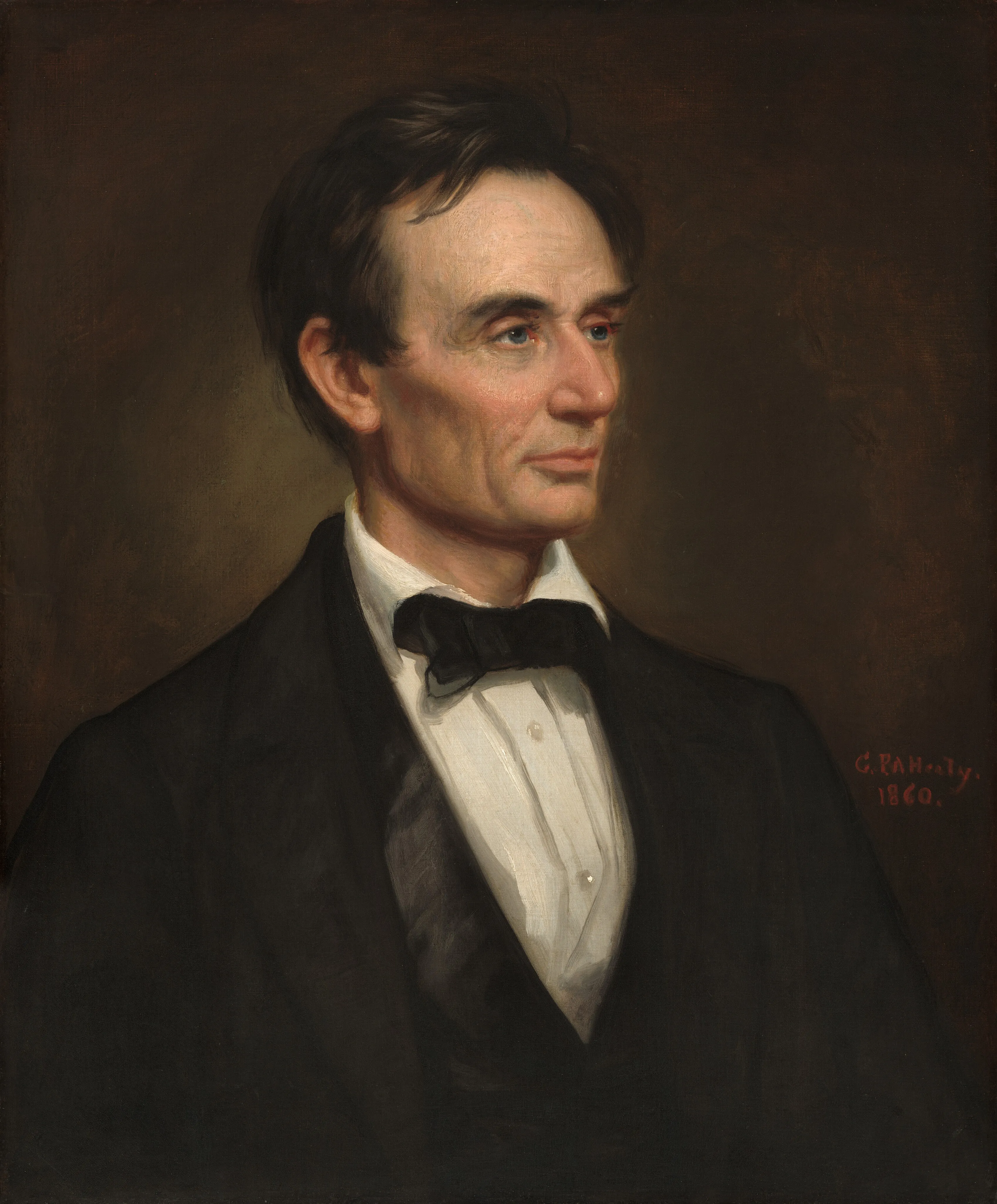
Other Types of Lincoln Head Cents
Although the penny coin collection of 1909 to 1940 is considered the most valuable among other Lincoln-related groups, other types are no less amusing and significant for the numismatic culture and collecting endeavors in general. So, here is a list of Lincoln Cent designs released following the first Lincoln Wheat Cent.
Lincoln Memorial Cent (1959-2008)
To mark another milestone, i.e., the 150th anniversary of Abraham Lincoln's birth, there was released Lincoln Memorial cent. This design, developed by Frank Gasparro, depicted the monument in Washington, D.C., with a tiny, magnified image of Lincoln sitting inside.
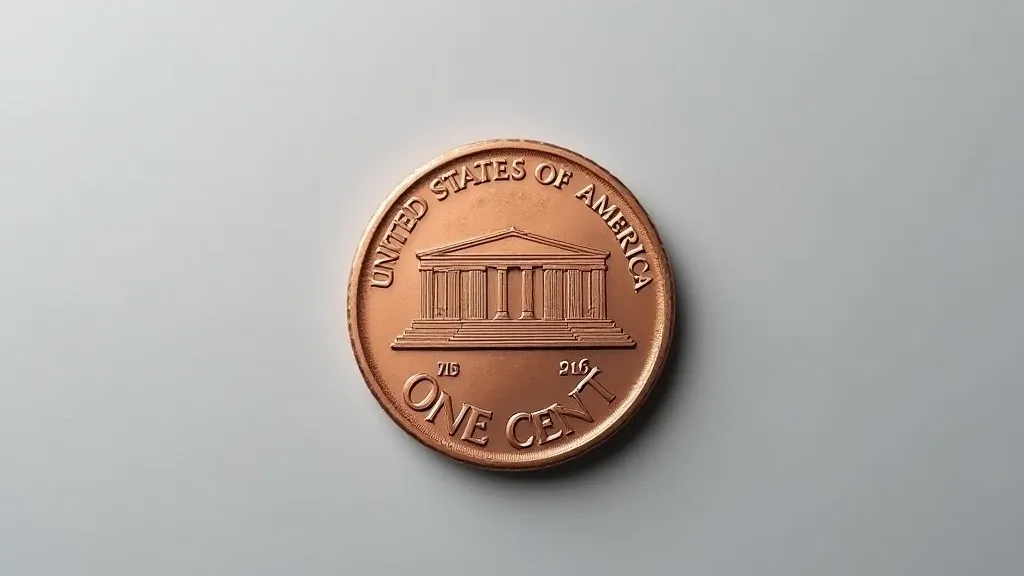
Lincoln Bicentennial Cents (2009)
In 2009, the US Mint issued another portion of the Lincoln pennies collection with four unique designs to commemorate the centennial of the Lincoln Cent and the bicentennial of Lincoln's birth. Some of the instances depicted his birth and childhood, formative years, his professional life (e.g., Lincoln as a young lawyer who is standing before the Illinois State Capitol), and the presidency for sure. As diverse as it could be.
Lincoln Shield Cent (2010-Present)
Soon after, to replace the previous iteration of the coin, there appeared the Lincoln Shield Cent which depicted Lincoln's defensive power of during in the form of a real shield with the banner "ONE CENT". It is fascinating how coins turn out to be artistic reflections on their lives and backgrounds, too.
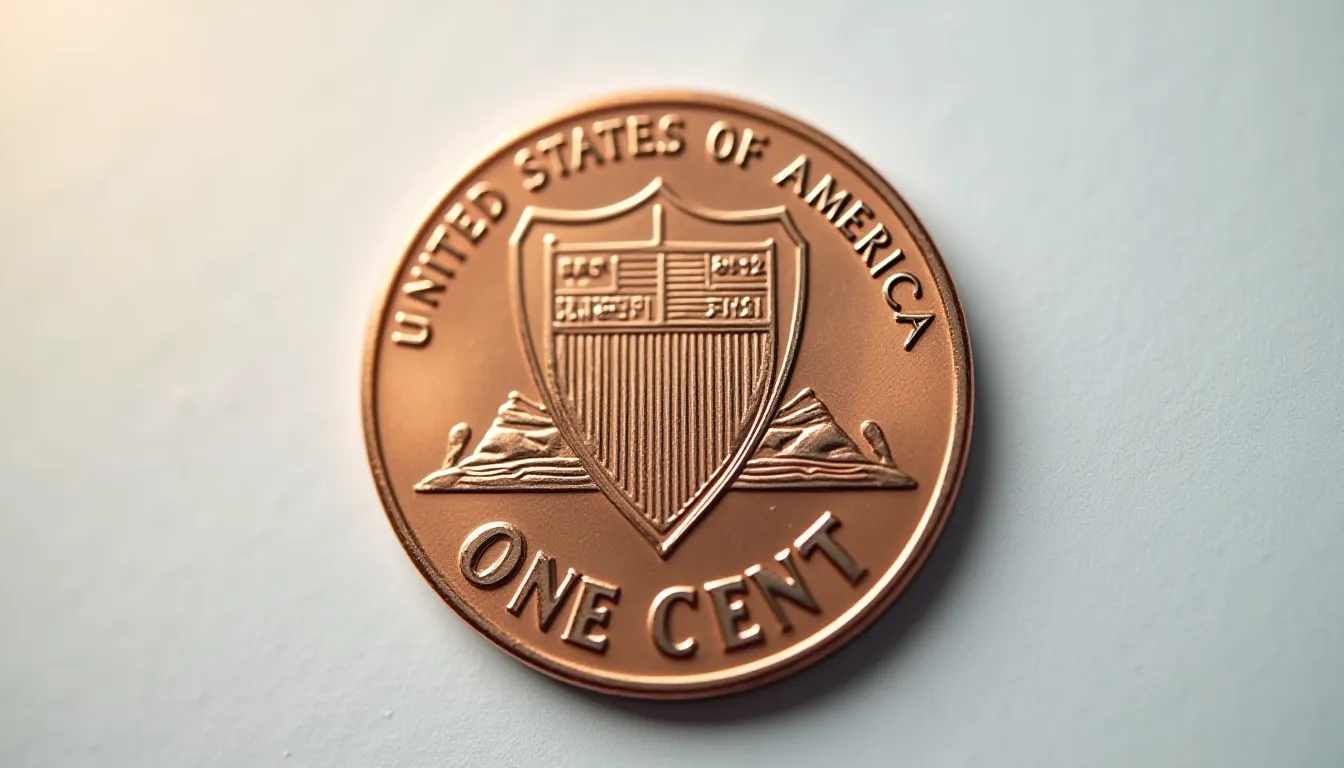
Collecting Pennies of Lincoln 1909 to 1940
Compiling a fine US penny collection is a real challenge to accept, and most numismatists who only start their professional path struggle to find appropriate tools and instruments suitable for this experience and useful in the process of the coin hunt. Nevertheless, we do recommend that one employs applications like Coin ID Scanner to easily locate, identify, and obtain the desired items with little to no worries but success.
The first feature to praise (it is provided by Coin ID Scanner, too) refers to quick coin identification. High-resolution photos and well-detailed descriptions of every coin are often found in these databases, which may help collectors identify different kinds and comprehend the historical background of each numismatic representation.
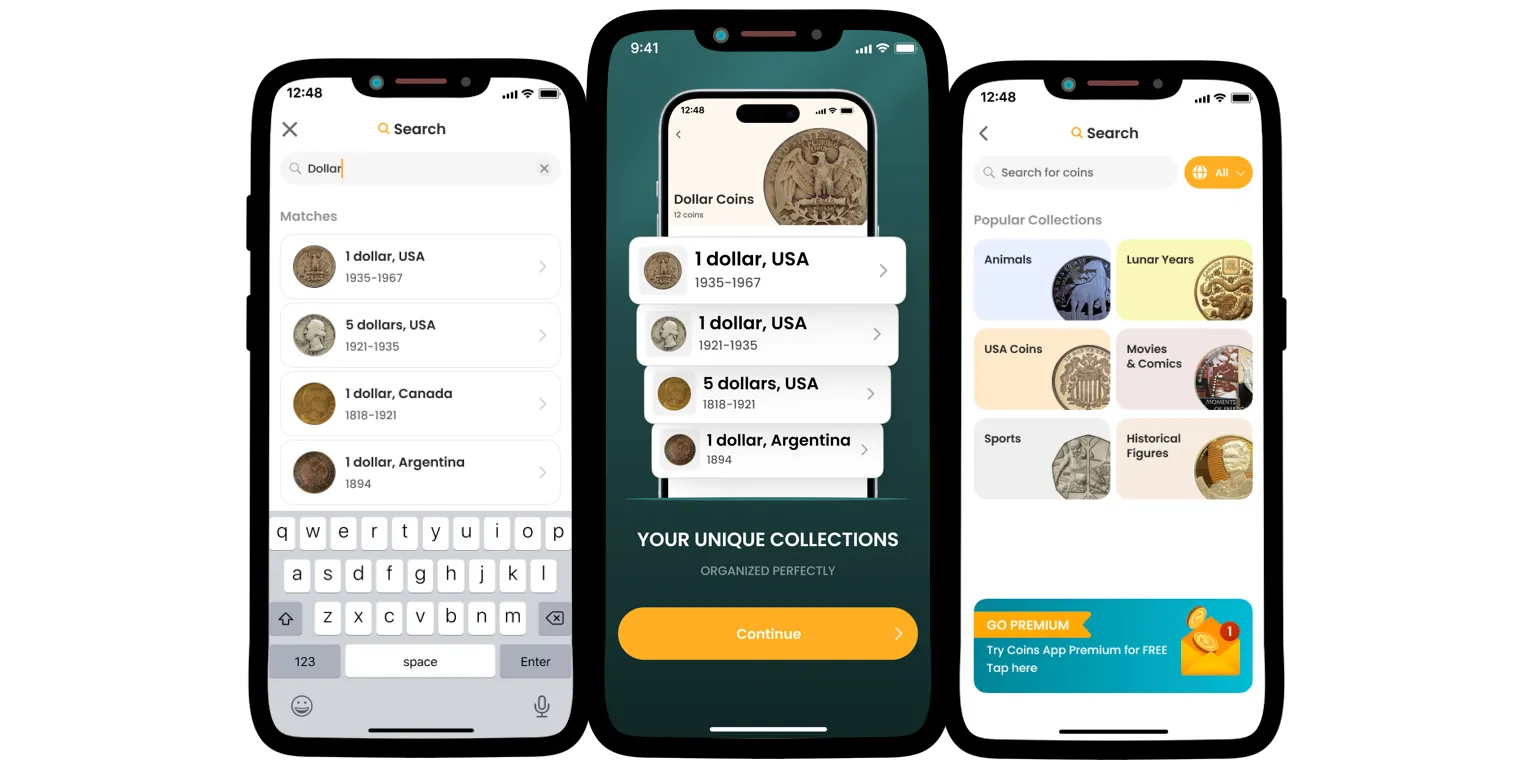
Besides, such programs usually display relevant rates based on the outcomes of recent auctions and transactions. Hence, collectors are encouraged to monitor the value of their collection over time and determine whether they are receiving a fair price when purchasing or selling coins or not. Collection control at its best!
Last but not least, never forget about the educational potential of such software and inbuilt tools. Indeed, a lot of apps offer educational materials, such as coin-collecting articles, guides, and videos, in addition to coin cataloging and instruments for collection management. Learn more about the history of coins, comprehend grading schemes, and stay up to date with market developments to make better decisions in the end!



